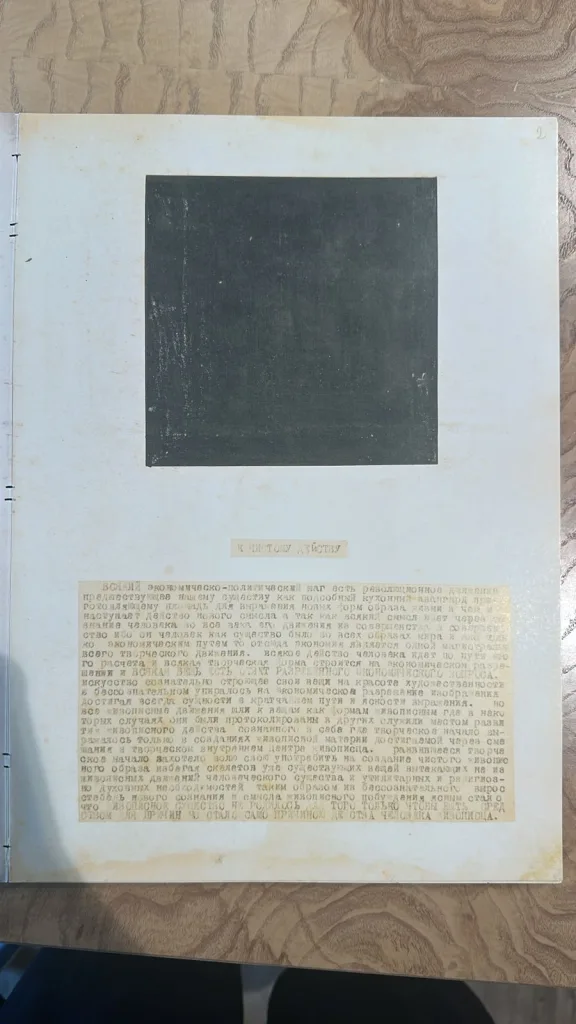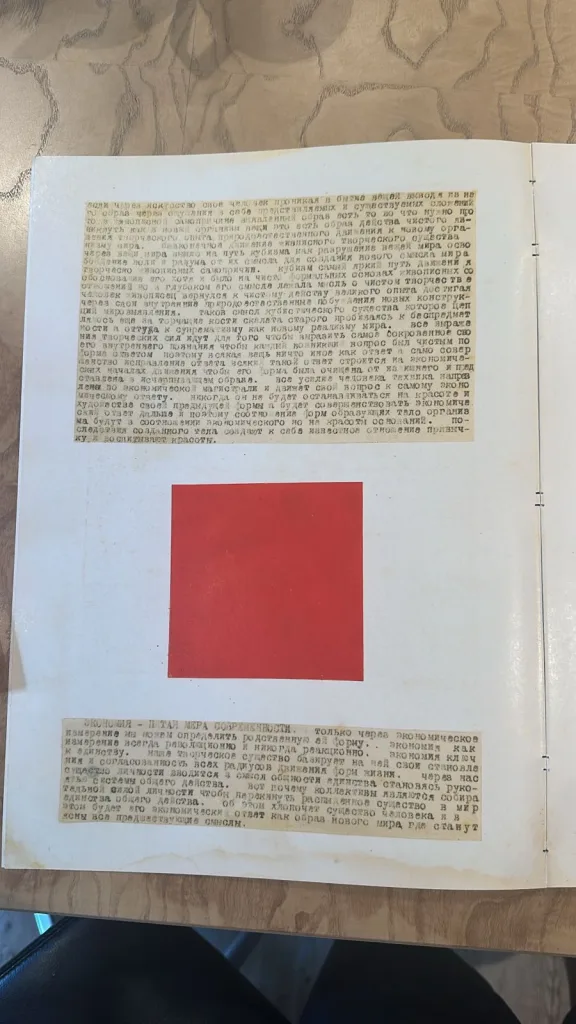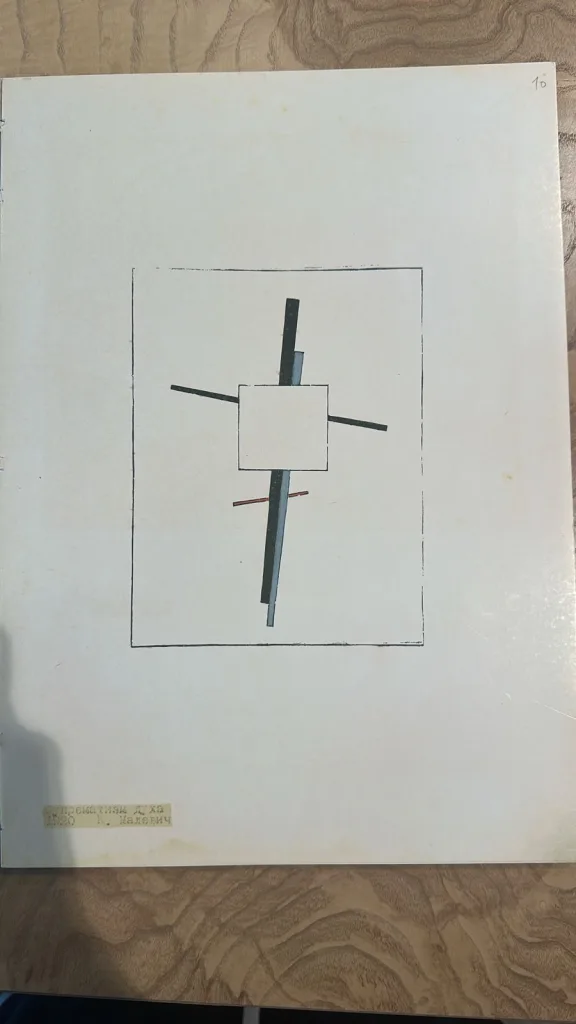Kazimir Malevich

Kazimir Severinovich Malevich,
a pioneering figure in modern art, emerged as a leading force in the early 20th century. Born in Ukraine in 1879, Malevich challenged traditional artistic conventions with his revolutionary movement, Suprematism. His iconic work, “Suprematist Composition: White on White,” epitomizes his radical departure from representational art, showcasing a white square on a white background as a symbol of pure abstraction.
Malevich’s philosophy emphasized the supremacy of pure feeling in art, advocating for the liberation of artistic expression from the constraints of reality. Through his exploration of geometric abstraction and basic forms, such as squares and circles, Malevich sought to unlock the expressive potential of shape and color.
His influence extended far beyond his own paintings, inspiring artists across Europe and the United States to embrace abstract art and explore new avenues of creative expression. Today, Malevich remains a seminal figure in the history of art, his legacy enduring as a testament to the transformative power of artistic innovation and creative freedom.
As mandates of some owners of his works, we have these to offer:

“Suprematism of the Spirit” (1919 / 1920) is one of Kazimir Malevich’s significant works within the Suprematist movement. Malevich’s journey in Suprematism was marked by a progression towards increasingly abstract and geometric forms, as well as a deeper exploration of the spiritual dimensions of art. “Suprematism of the Spirit” reflects this culmination of his artistic vision.
In behalf of this, the owner of this painting now holds an original copy of the complete edition—all 31 pages—of the Unovis Almanac No. 1 of Vitebsk, 1920. This almanac, published in 1920, is the official typewritten edition of the UNOVIS (Affirmers of the New Art) collective, co-founded by Kazimir Malevich and El Lissitzky at the Vitebsk People’s Art School.
What makes this especially significant is that this edition features the version of “Suprematism of the Spirit” that matches exactly the one we have on canvas, unlike the versions in the Amsterdam or Tel Aviv museums, which lack comparable documentary provenance. As you may appreciate, the almanac was a crucial output of the UNOVIS experiment—a vibrant, though brief, hub of avant-garde creativity in Vitebsk.
Find four examples from the 31 pages, including one that shows the original “Black Square,” which experts estimate could sell for over $150 million (if it were available):




To provide a bit of context: the UNOVIS collective was founded on February 14, 1920, quickly becoming a key center in the global avant-garde movement. The Vitebsk People’s Art School flourished as a creative hotspot following Malevich’s appointment as an instructor in 1919. Beyond publications, the group engaged in collective art projects, multi-media experiments, and even a Suprematist ballet.
The presence of our particular version of “Suprematism of the Spirit” in this almanac firmly confirms among all other documents, exams and proofs that what we have available is the original painting by Kazimir Malevich.
In case of serious interest, please contact us.
_________________________________
The post-Suprematism Malevich was also interested in folk art and Russian traditions. Think vibrantly colored scenes and peasant motifs. It all played a role in his artistic journey, even if it wasn’t the geometric abstraction he’d become famous for.
Here are some examples of what we also have for sale.



In case of interest to purchase, please contact us.